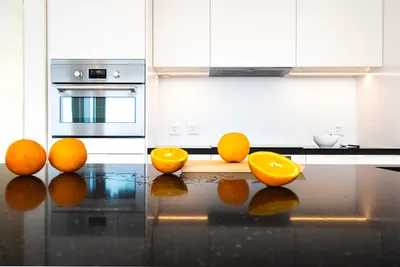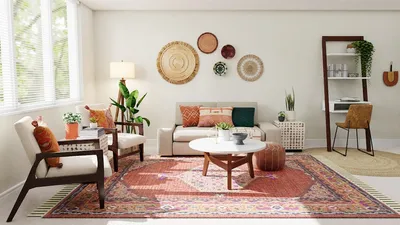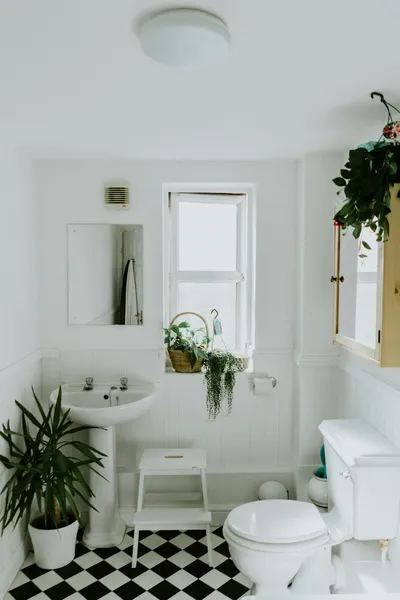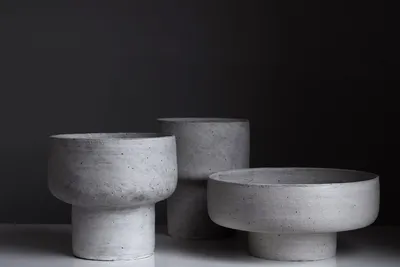The Perfect Balance: Merging Traditional and Modern Elements in Office Design
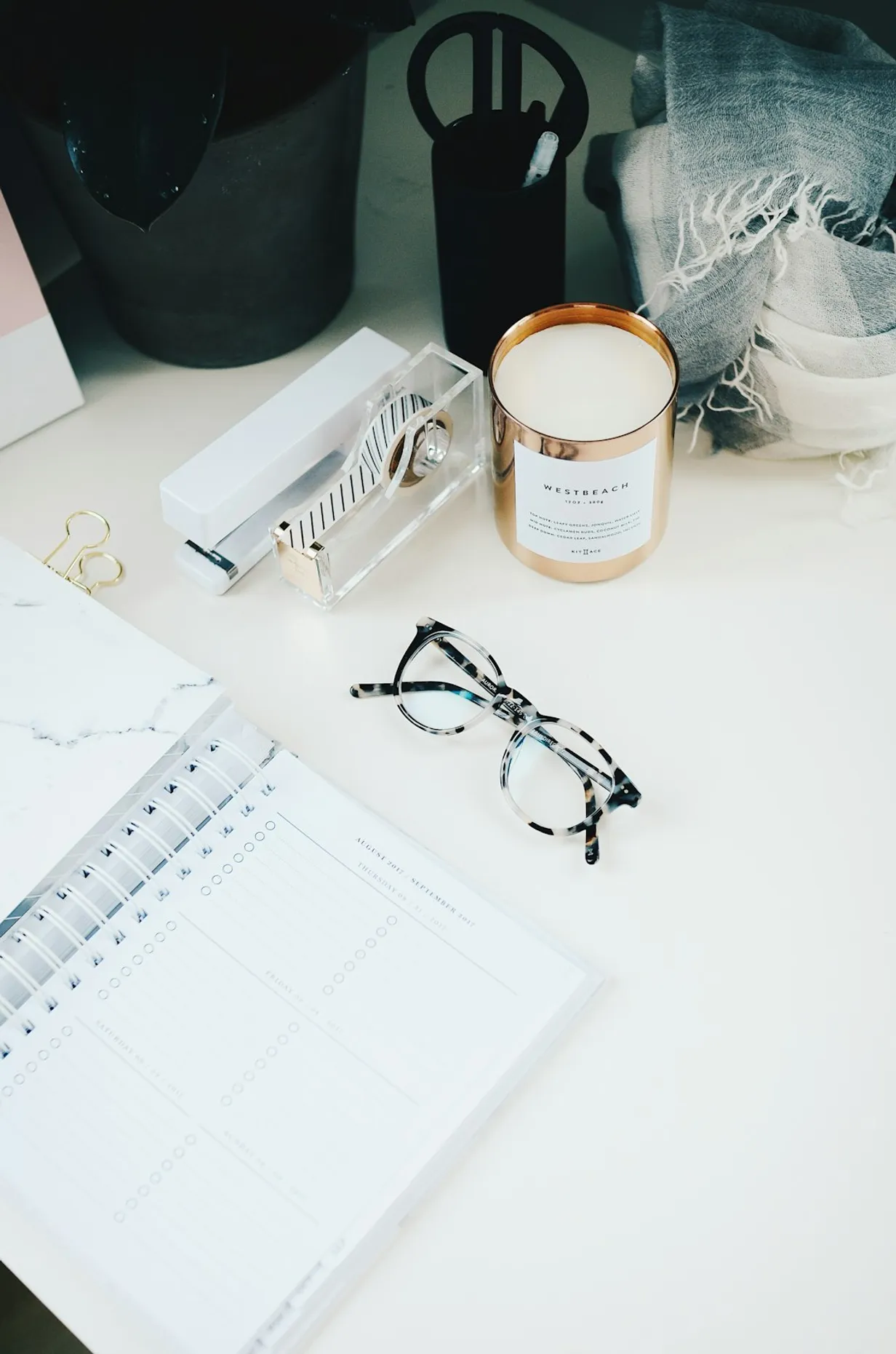
Introduction to Blending Design Styles
Designing an office space that artfully merges traditional and modern styles can result in a timeless, functional, and visually appealing environment. This approach leverages the best of both worlds, offering the warmth and richness of classic designs along with the sleek simplicity of contemporary elements.
Understanding Traditional and Modern Elements
Traditional Office Design
Traditional office design is often characterized by rich wood finishes, elegant furnishings, and intricate details. It draws inspiration from historical aesthetics and exudes a sense of comfort and sophistication.
Modern Office Design
Modern design, by contrast, focuses on minimalism, clean lines, and functionality. It incorporates sleek furniture, open spaces, and contemporary materials such as glass and metal to create an uncluttered, efficient work environment.
Harmonizing Traditional and Modern Styles
Selecting the Right Furniture
Opt for a blend of traditional wooden desks and contemporary chairs with ergonomic features. This combination ensures comfort and productivity while maintaining the visual appeal of a classic aesthetic.
Color Palette and Materials
A neutral color palette works wonderfully as a unifying element. Incorporate natural wood tones for traditional touches and complement them with modern surfaces like glass or chrome to add contrast and interest.
Accessorizing Thoughtfully
Introduce accessories such as statement art pieces or vintage-inspired lighting fixtures alongside modern technology. These eclectic touches infuse personality into the space without overwhelming it.
Benefits of a Hybrid Design Approach
The strategic blend of traditional and modern elements in office design creates a versatile space that reflects a company’s brand identity while fostering a stimulating work environment. Such interiors cater to diverse employee tastes and inspire creativity and collaboration.
Conclusion
Merging traditional and modern design concepts can transform an ordinary office into a remarkable, enduring workspace. By focusing on balance and cohesion, you can achieve an office design that not only stands the test of time but also meets the practical and aesthetic needs of your business.
